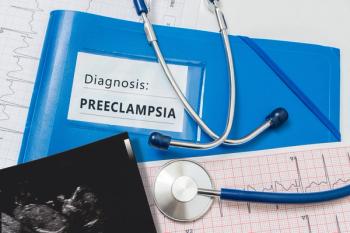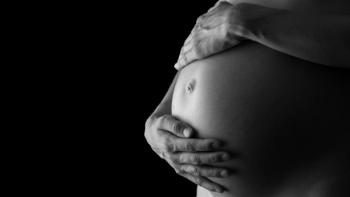
Association between sleep disorders and physician burnout
New research has found that undiagnosed sleep disorders are common among hospital faculty and staff and are associated with a higher risk of burnout and reduced professional fulfillment.
Published in JAMA Network Open, the research revealed that a physician’s mental health can affect patient safety, health care expenditures, occupational turnover, and productivity. Sleep deficiency is common and usually arises from rotating or extended shifts and night call.
Studies have shown that insufficient sleep may contribute to the
The researchers developed a Sleep Health and Wellness (SHAW) program that was offered to hospital groups (anesthesiology, Orthopedics, Radiology) through a series of 40-minute presentations during times typically reserved for grand rounds.1
A tablet-based sleep disorder screening followed from May 2018 to May 2019 and provided participants with immediate screening results. They also had an option to directly schedule sleep clinic appointments. Researchers used validated survey instruments to evaluate risk of obstructive sleep apnea, insomnia, restless leg syndrome, and shift work disorder.1
To assess burnout, researchers used the
In total, 1,436 employees attended the SHAW program and 1,047 completed the sleep disorder screening. More than ¼ of employees tested positive for at least 1 sleep disorder (306, or 29%). The prevalence of sleep disorders varied across groups (maximum 48%, minimum 12%). The most common sleep disorder was insomnia (n=140, 14%), followed by obstructive sleep apnea (n=122, 12%).
In those with a positive finding for a sleep disorder, 92% (n=280) were previously undiagnosed and untreated. In employees who completed the professional fulfillment index, nearly half (508, or 49%), reported low levels of professional fulfillment.
The prevalence of burnout varied across groups with a maximum of 59% and a minimum of 10%. Research showed that a positive sleep disorder screening result was associated with increased odds of burnout (odds ratio, 3.67; 95% CI, 2.75-4.89), and reduced odds of professional fulfillment (odds ratio, 0.53; 95% CI, 0.40-0.70).
“Treatment of sleep disorders may provide a novel means of intervening to reduce physician burnout, which has been resistant to other treatment approaches,” noted the authors, who also call for future research to evaluate the effectiveness of a sleep health and wellness program on reducing burnout symptoms.1
__
Reference
- Weaver MD, Robbins R, Quan SF, et al. Association of Sleep Disorders With Physician Burnout. JAMA Netw Open. 2020;3(10):e2023256. doi:10.1001/jamanetworkopen.2020.23256
Newsletter
Get the latest clinical updates, case studies, and expert commentary in obstetric and gynecologic care. Sign up now to stay informed.











